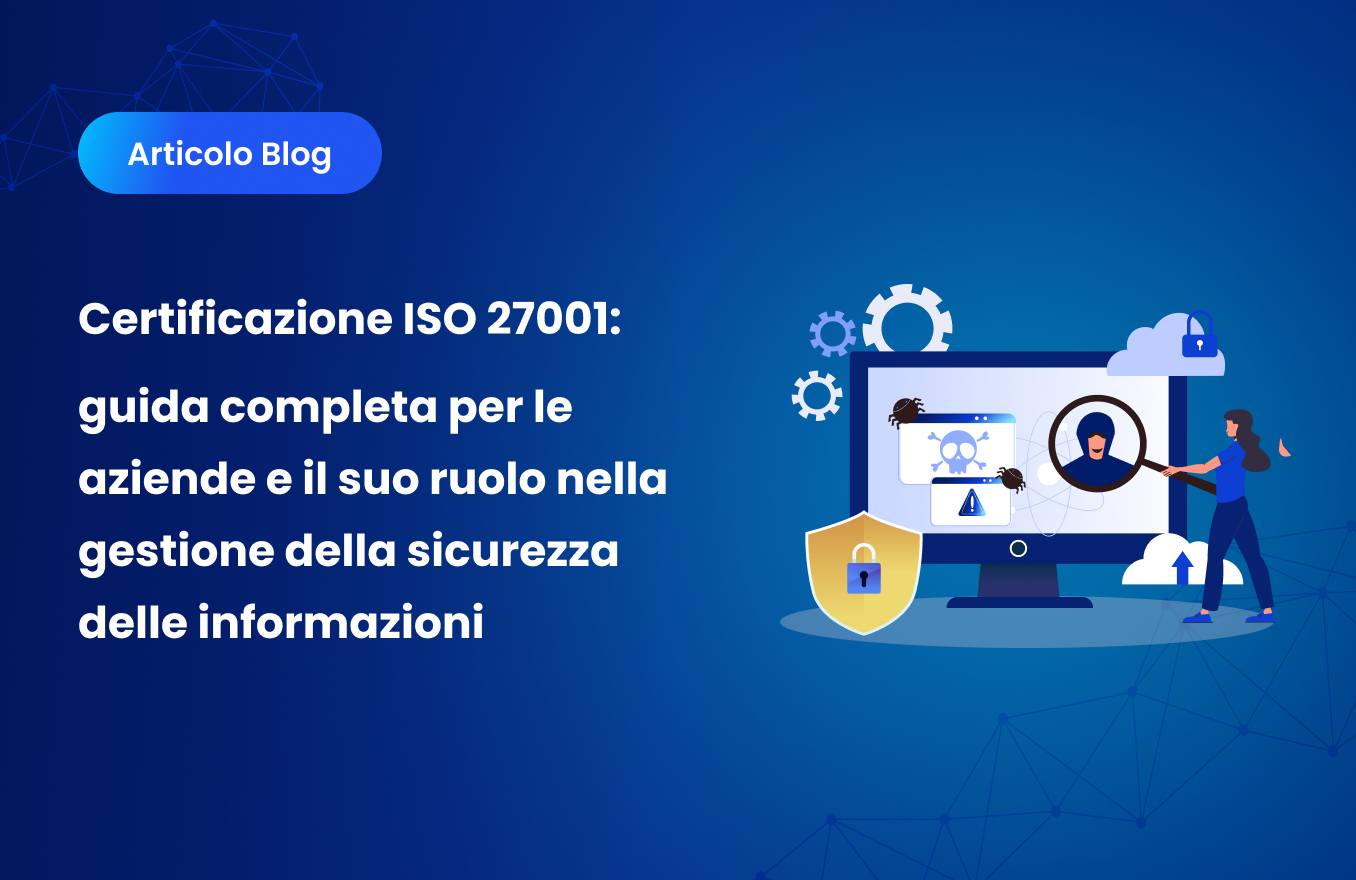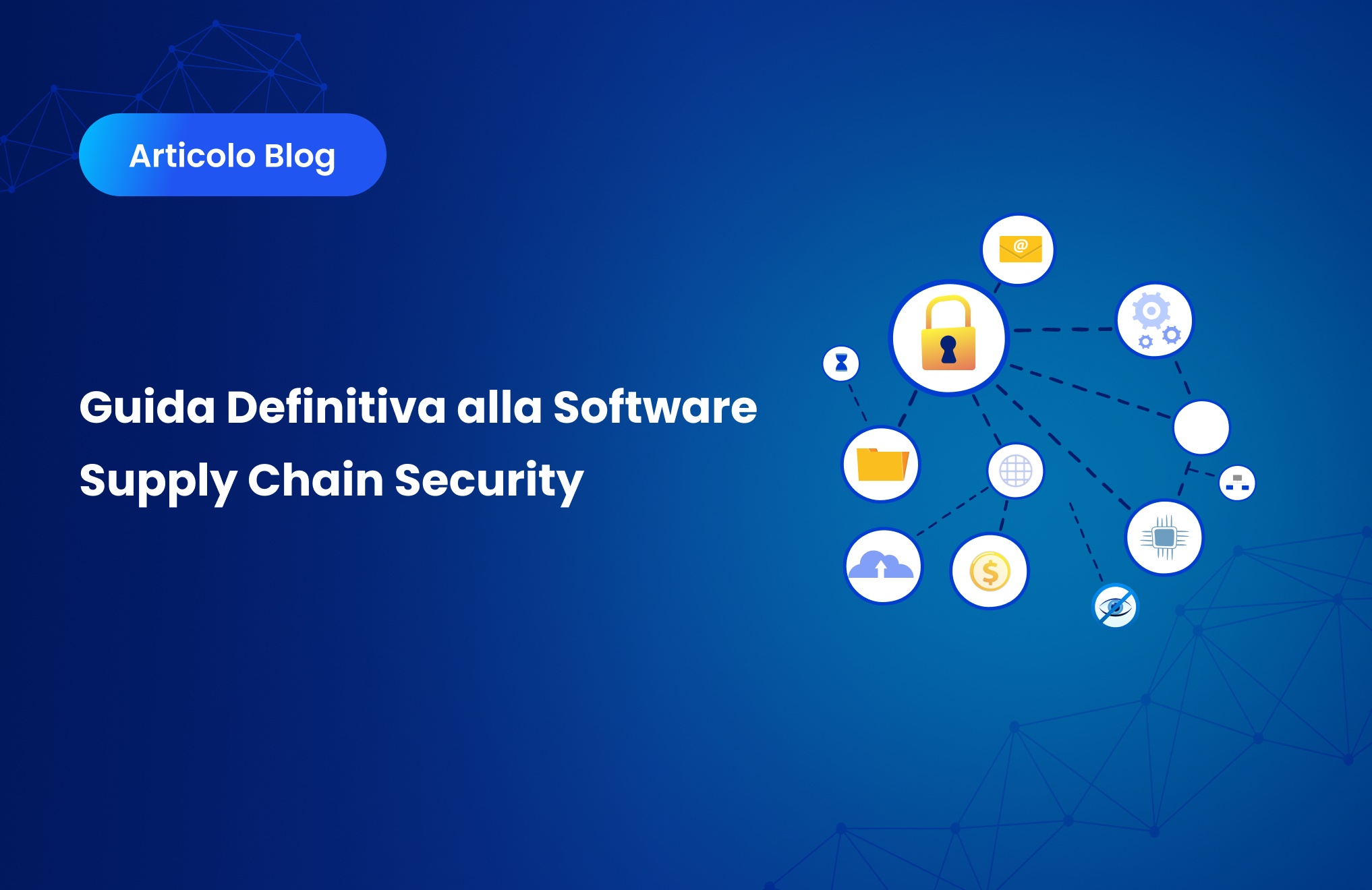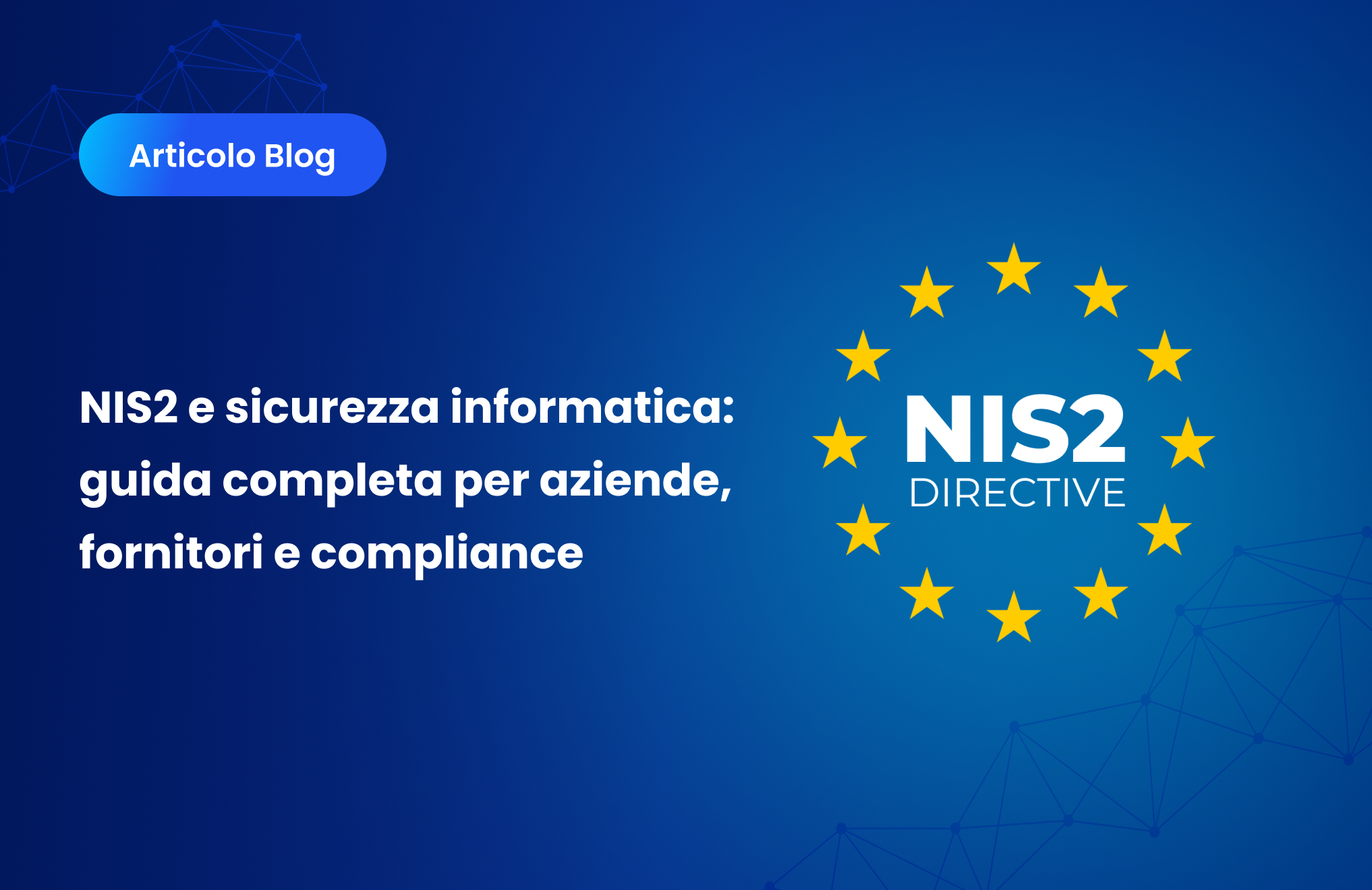OSSTMM: Manuale sulla metodologia di test di sicurezza open source: una panoramica completa

OSSTMM: Open Source Security Testing Methodology Manual – Una panoramica completa
Il panorama della cybersicurezza ha visto un notevole aumento delle attività malevole. Di conseguenza, le organizzazioni hanno bisogno di metodi solidi ed efficaci per proteggere i propri asset digitali. L’Open Source Security Testing Methodology Manual (OSSTMM) rappresenta una guida completa per garantire il corretto collaudo dei controlli di sicurezza. Questo articolo tecnico offre una panoramica dettagliata dell’OSSTMM, illustrandone i principi fondamentali, l’impostazione metodologica e le applicazioni pratiche nell’ecosistema della cybersicurezza.
Comprendere OSSTMM: Introduzione e rilevanza
L’OSSTMM è un manuale sottoposto a revisione paritaria per il collaudo e l’analisi della sicurezza. Avviato da Pete Herzog nel 2000, è sviluppato e mantenuto dall’Institute for Security and Open Methodologies (ISECOM), una comunità aperta dedicata alla diffusione della consapevolezza, alla ricerca e alla certificazione in ambito sicurezza.
OSSTMM copre diversi aspetti della sicurezza operativa attraverso cinque canali principali: Sicurezza Umana, Sicurezza Fisica, Sicurezza Wireless, Sicurezza delle Telecomunicazioni e Sicurezza delle Reti Dati.
Un concetto centrale è quello di fiducia (trust) all’interno di un sistema di sicurezza. L’approccio considera fattori operativi, umani e fisici, assicurando che i controlli vengano valutati nel loro contesto reale e non solo da una prospettiva tecnologica. La metodologia segue un approccio scientifico, identificando esposizioni e vulnerabilità tramite la misurazione di visibilità, accesso, relazioni di fiducia e efficacia dei controlli esistenti.
La struttura OSSTMM: i cinque canali
- Sicurezza Umana
Si concentra su persone, consapevolezza, social engineering, minacce interne e conformità alle policy. Affronta vulnerabilità legate a errore umano o manipolazione. - Sicurezza Fisica
Riguarda infrastrutture fisiche come edifici, data center e asset critici. Valuta misure quali videosorveglianza, serrature, sistemi di accesso e allarmi. - Sicurezza Wireless
Analizza le comunicazioni senza fili (Wi-Fi, Bluetooth, RFID, e protocolli radio). Verifica riservatezza, integrità e disponibilità. - Sicurezza delle Telecomunicazioni
Esamina comunicazioni vocali e dati su reti telefoniche tradizionali, VoIP e carrier, valutando rischi di intercettazione e debolezze nei protocolli. - Sicurezza delle Reti Dati
Valuta reti cablate, server e applicazioni, concentrandosi su configurazioni, esposizione e resilienza delle tecnologie di rete.
La metodologia OSSTMM
OSSTMM utilizza un approccio scientifico e strutturato alla sicurezza operativa. Pur includendo moduli dettagliati, il processo si articola in fasi principali:
- Preparazione: definizione dello scopo, degli asset e delle autorizzazioni.
- Valutazione di visibilità e accesso: analisi di ciò che può essere visto e raggiunto nei vari canali.
- Verifica dei controlli: valutazione del funzionamento effettivo dei controlli di sicurezza.
- Interazione e testing: test attivi e passivi per misurare esposizione e interattività.
- Reportistica: documentazione dei risultati in un STAR (Security Test Audit Report) standardizzato, che garantisce misurabilità e ripetibilità.
Le metriche OSSTMM
OSSTMM introduce le RAV (Risk Assessment Values), che quantificano esposizione, visibilità, fiducia e controlli. I risultati sono presentati in forma misurabile, permettendo alle organizzazioni di stabilire benchmark e monitorare i miglioramenti.
Lo STAR report è il formato standard di rendicontazione, che assicura trasparenza e comparabilità.
(Nota: metriche come “SAFE” non fanno parte del framework ufficiale OSSTMM.)
L’applicazione pratica di OSSTMM
OSSTMM funge da linea guida per professionisti della sicurezza, ethical hacker e auditor nella valutazione dello stato di sicurezza. È utilizzato in particolare per penetration test, audit IT e analisi di sicurezza operativa.
Ad esempio, un’azienda può applicare OSSTMM per testare la propria infrastruttura seguendo le fasi dalla preparazione al reporting. Ogni passo è documentato, garantendo trasparenza. I risultati, espressi tramite RAV, forniscono una base scientifica per decisioni e miglioramenti.
1. Casi di studio sull’applicazione di OSSTMM
- Società di servizi finanziari: ha impiegato OSSTMM per un audit esteso di sicurezza IT e fisica, individuando vulnerabilità trascurate. Dopo la correzione, ha registrato un calo significativo degli incidenti.
- Fornitore sanitario: ha usato OSSTMM per rafforzare la protezione dei dati e migliorare la conformità normativa, identificando punti deboli nei processi e nella sicurezza dei dati.
Questi esempi mostrano il valore di OSSTMM nell’individuare vulnerabilità e rafforzare la sicurezza in contesti differenti.
2. OSSTMM e la conformità normativa
Sebbene OSSTMM non sia uno standard di conformità, può supportare gli sforzi di compliance offrendo una metodologia strutturata per l’identificazione delle vulnerabilità.
- ISO 27001: OSSTMM può essere impiegato come approccio per gli audit di sicurezza richiesti dallo standard.
- GDPR: la sua attenzione alla protezione dei dati contribuisce a dimostrare solide pratiche di sicurezza.
- HIPAA: in ambito sanitario, OSSTMM aiuta a individuare rischi per i dati dei pazienti, facilitando iniziative di conformità.
3. Critiche e limiti di OSSTMM
- Complessità: il manuale è ampio e tecnico, difficile da applicare senza competenze avanzate.
- Assenza di misure prescrittive: OSSTMM individua problemi ma non fornisce soluzioni; la responsabilità resta all’organizzazione.
- Tempo e risorse: l’approccio dettagliato può risultare oneroso rispetto a metodi più snelli o automatizzati.
4. Confronto con altre metodologie di sicurezza
- PTES (Penetration Testing Execution Standard): focalizzato sugli aspetti tecnici del penetration testing; OSSTMM copre invece un ambito più vasto, compreso quello umano e fisico.
- OWASP Testing Guide: dedicato alla sicurezza delle applicazioni web. OSSTMM, al contrario, abbraccia reti, telecomunicazioni, wireless e ambiente fisico.
Le metodologie sono complementari e la scelta dipende dalle esigenze dell’organizzazione.
5. Il futuro di OSSTMM
L’ultima versione principale di OSSTMM (v3.0) risale al 2010. Nonostante ciò, i suoi principi — scientificità, misurabilità e ripetibilità — restano attuali.
Gli sviluppi futuri potrebbero includere maggiore automazione e l’estensione a domini emergenti come l’IoT e l’AI. La natura open-source del manuale ne favorisce l’adattamento ai cambiamenti tecnologici.
Conclusione
OSSTMM offre un approccio completo, strutturato e quantificabile al collaudo della sicurezza, risultando uno strumento prezioso nel panorama della cybersicurezza. Concentrandosi su fiducia, sicurezza operativa e metriche scientifiche, fornisce alle organizzazioni un quadro affidabile per valutare la postura di sicurezza, individuare vulnerabilità e pianificare miglioramenti.
Con il costante evolversi delle minacce, l’importanza di metodologie scientifiche e aperte come OSSTMM resta fondamentale.



.svg)
.svg)
.svg)
.svg)



.svg)
.svg)
.svg)
.svg)
.svg)
.svg)
.svg)
.svg)



